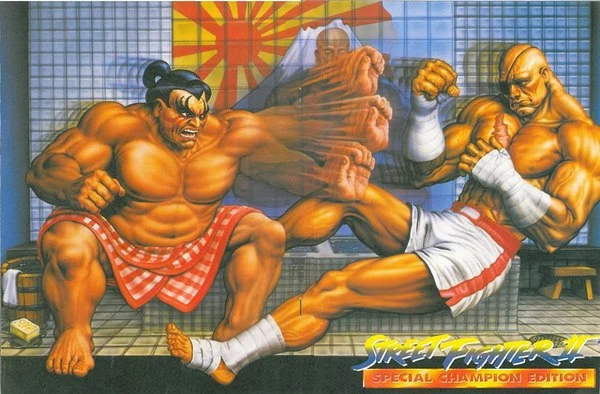

Castlevania has always had a pretty heavy emphasis on movement abilities to access new areas
The -vania part always seemed a bit odd to me as well because of the history of the games, but it makes sense based on when the term became popularized. If someone had tried to coin a term for the genre earlier I think it would’ve been Metroid-like alone, specifically because the early entries of Castlevania didn’t really have any movement-based mechanics upgrades until SotN. Even things being locked behind item progression was only in Simon’s Quest before that (although it looks like Vampire Killer had some more open levels where you had to find keys). I’m not familiar with Rondo of Blood, which looks like it had some exploration of levels with the secondary character, but again without upgrading movement mechanics.
So you basically had Metroid ('86) and Super Metroid ('94) being quintessential examples of the modern metroidvania genre, whereas there were almost a dozen Castlevanias before SotN ('97) that were mostly linear.

Shit’s crazy these days. My favorite “they can do that now?!” is from a 2014 article where MIT researchers videoed a bag of potato chips in a soundproof room and used the vibrations from the bag to recreate the sound.
https://news.mit.edu/2014/algorithm-recovers-speech-from-vibrations-0804